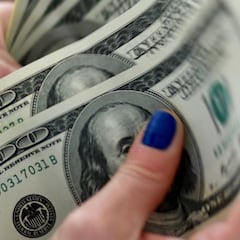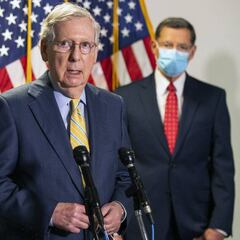Paycheck Protection Program: what is the interest rate on PPP loans?
The loans were introduced as part of the CARES Act to help small businesses retain their employees as the battled through the financial challenges of the Covid-19 crisis.

The idea behind the Paycheck Protection Program was to provide small businesses with a loan in order that they could keep their workforce employed as the coronavirus pandemic hit across the United States. And with the program being extended until 8 August, more employers are looking at how to take advantage of it.
How much is the interest on the loan?
The PPP loans have an interest rate of 1% although loan repayments will be deferred for six months. The loan, however, will be fully forgiven if the funds are used for payroll costs, interest on mortgages, rent, and utilities.
Note that loans issued prior to 5 June have a maturity of two years, whereas those issued after that date have a maturity of five years. The authorities have stated that no collateral or personal guarantees are required and that neither the government nor lenders will charge small businesses any fees.
- Revealed: the surprising companies that got PPP loans
- Paycheck Protection Program: will I be taxed on my loan?
- Second stimulus check and other proposals on the table
What do I need to know about loan forgiveness?
As the official government website confirms:
Forgiveness is based on the employer maintaining or quickly rehiring employees and maintaining salary levels. Forgiveness will be reduced if full-time headcount declines, or if salaries and wages decrease. The loan forgiveness form and instructions include several measures to reduce compliance burdens and simplify the process for borrowers, including:
- Options for borrowers to calculate payroll costs using an “alternative payroll covered period” that aligns with borrowers’ regular payroll cycles
- Flexibility to include eligible payroll and non-payroll expenses paid or incurred during the 24-week period after receiving their PPP loan

- Step-by-step instructions on how to perform the calculations required by the CARES Act to confirm eligibility for loan forgiveness
Related stories
- Borrower-friendly implementation of statutory exemptions from loan forgiveness reduction based on rehiring by June 30
- Addition of a new exemption from the loan forgiveness reduction for borrowers who have made a good-faith, written offer to rehire workers that was declined
For further details, forms and contact information, head over to sba.gov for everything you needs.

